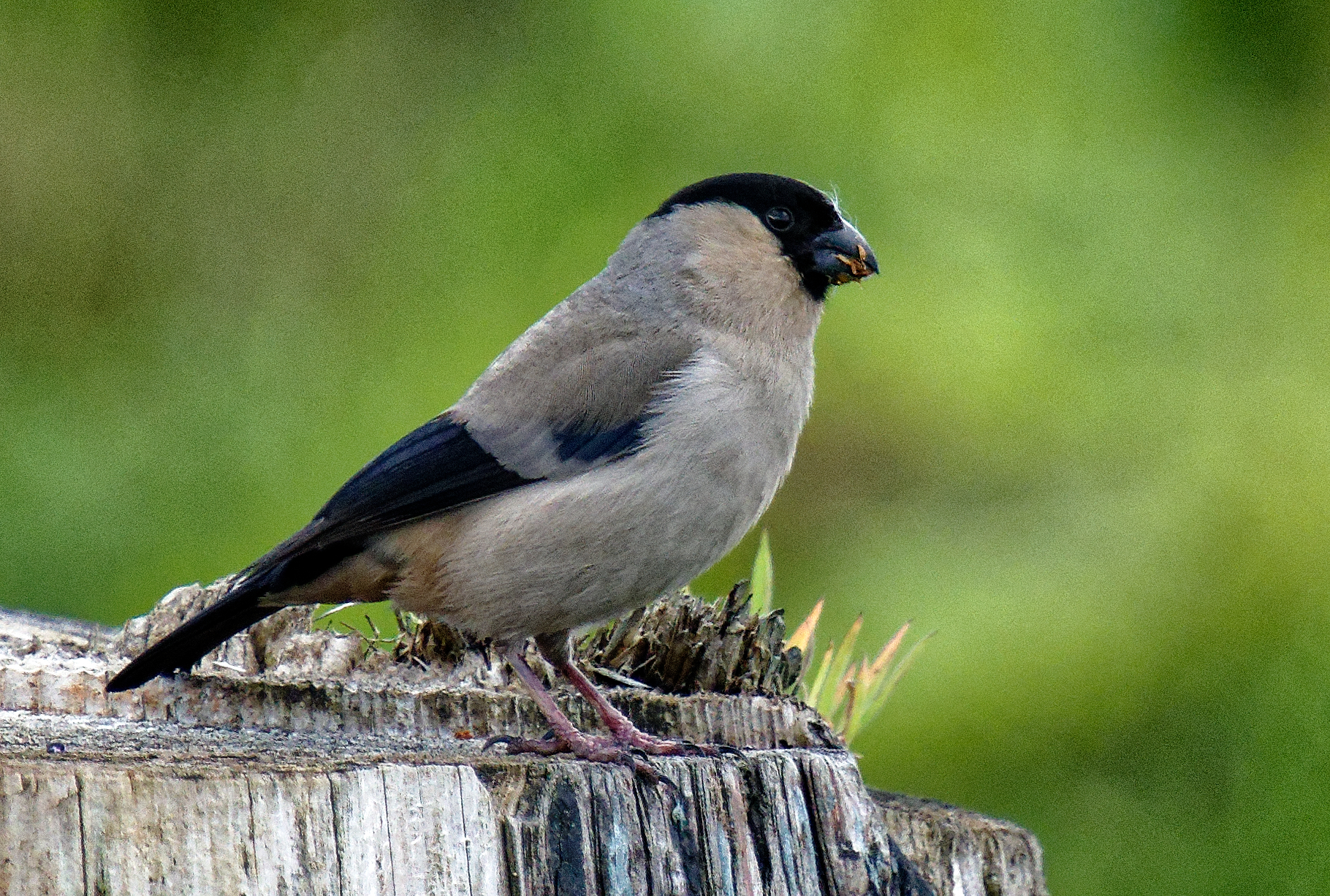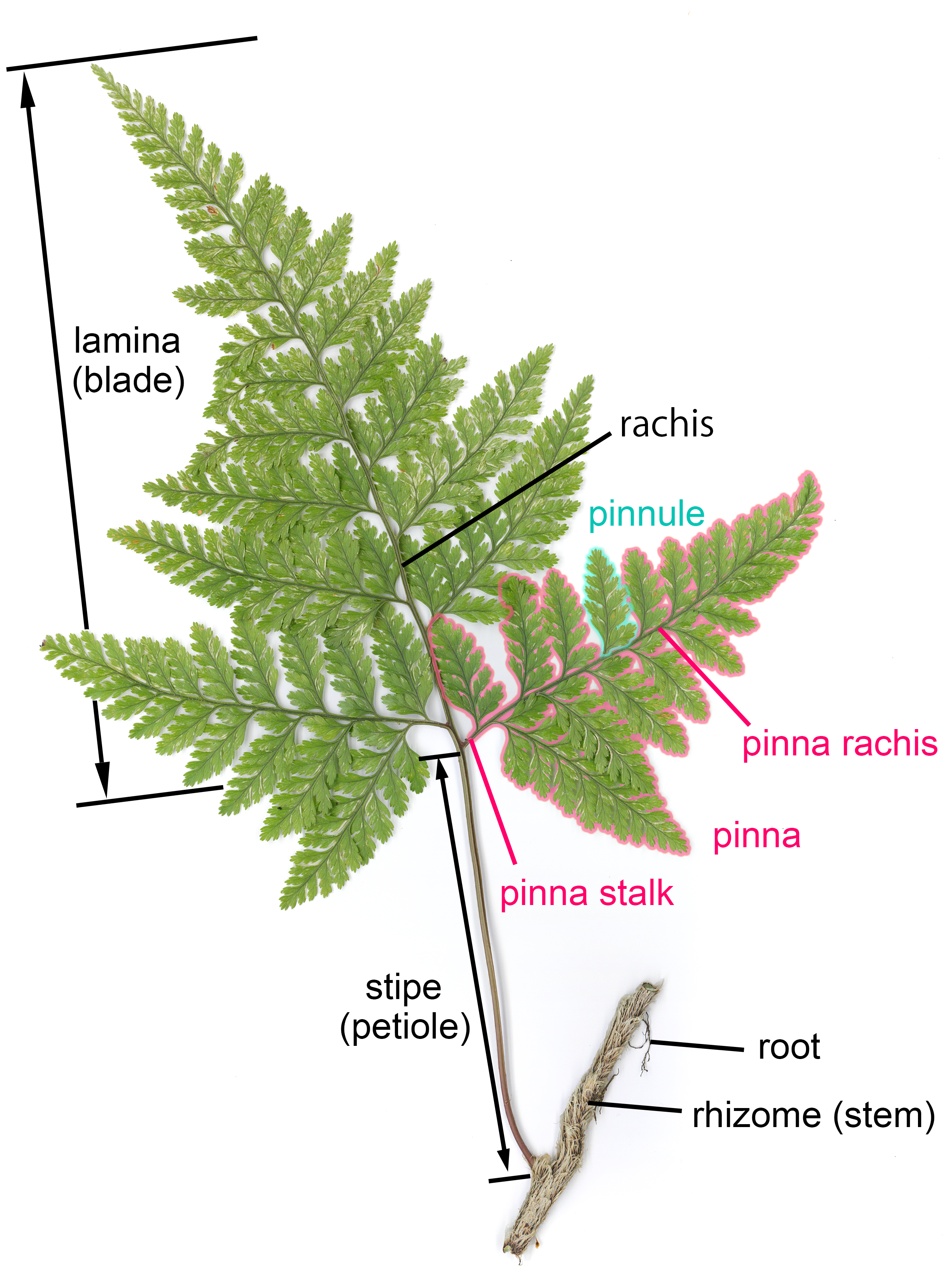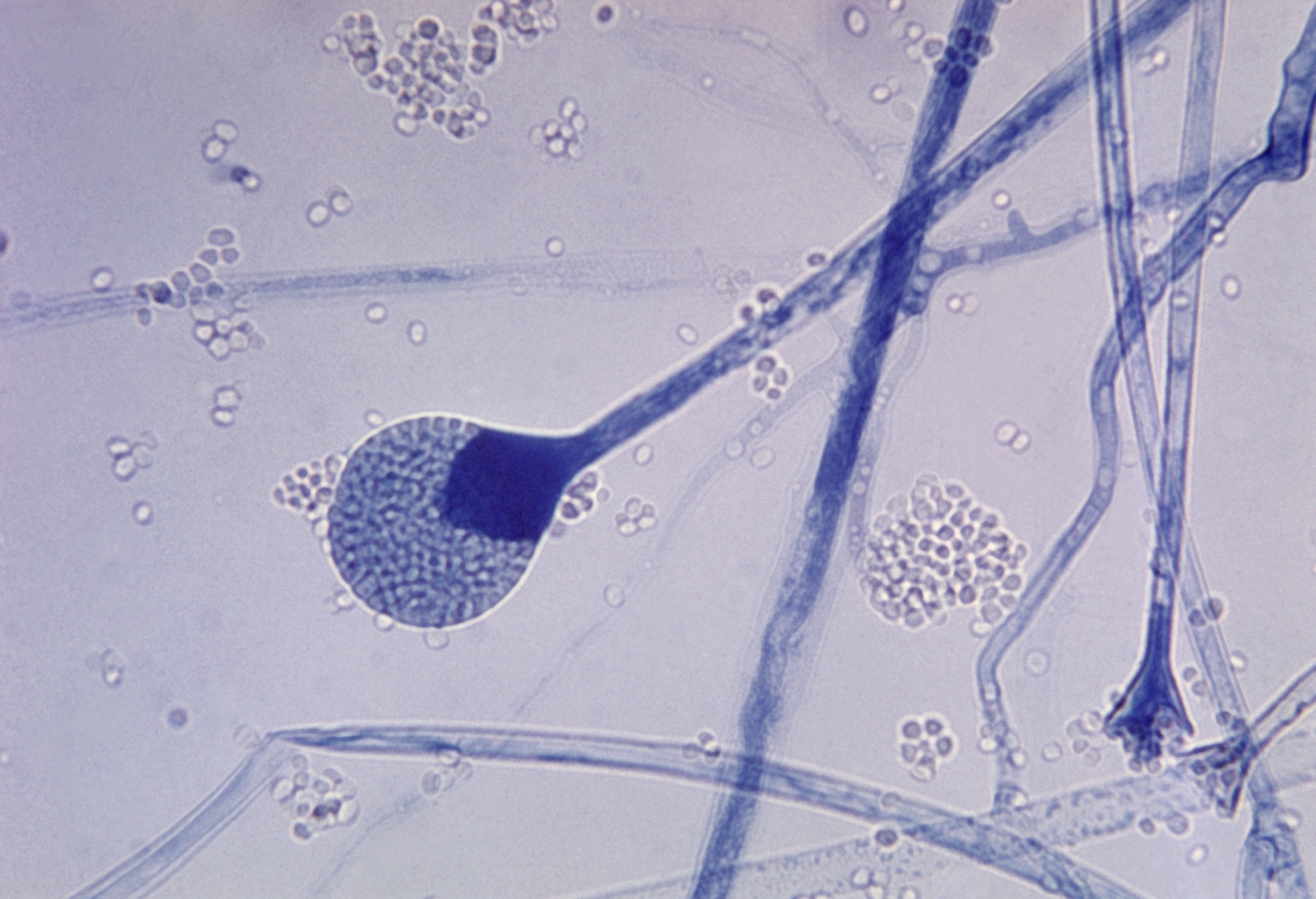|
Azores Bullfinch
The Azores bullfinch (''Pyrrhula murina''), also known as the São Miguel bullfinch, or locally in Portuguese as the ''priolo'', is a threatened passerine bird in the true finch family. It is endemic to São Miguel Island, in the Azores archipelago of Macaronesia in the North Atlantic Ocean. Taxonomy The Azores bullfinch was first described in 1866 by British ornithologist Frederick Godman. It was formerly regarded as a subspecies of the Eurasian bullfinch (''Pyrrhula pyrrhula''), but was split off in 1993. Description The Azores bullfinch has a length of and a weight of about , with males being slightly larger than females.SPEA: Priolo Relative to most other finches in its family it is plump, with shorter wings and a longer tail. The plumage pattern is similar to that of the Eurasian bullfinch, though colouration is more sombre, lacking its bright pink underparts. It has a black cap, face, wings and tail; the rest being greyish or pale grey-brown. Males and females ar ... [...More Info...] [...Related Items...] OR: [Wikipedia] [Google] [Baidu] |
Frederick DuCane Godman
Frederick DuCane Godman (15 January 1834 – 19 February 1919) was an English lepidopterist, entomology, entomologist and ornithology, ornithologist. He was one of the twenty founding members of the British Ornithologists' Union. Along with Osbert Salvin, he is remembered for studying the fauna and flora of Central America. Godman collected Iznik pottery, Iznik, Hispano-Moresque ware, Hispano-Moresque and early Iranian pottery. His collection of more than 600 pieces was donated to the British Museum through the will of his younger daughter, Catherine, who died in 1982. Early life and Cambridge years Frederick DuCane Godman was born on 15 January 1834 at Park Hatch, Godalming, Surrey, and was one of the thirteen children of Joseph Godman and Caroline Smith. Joseph Godman was a partner in the brewery firm Whitbread & Company. Frederick was sent to study at Eton College in 1844 but left three years later due to poor health and was educated at home by private tutors. At the age of ... [...More Info...] [...Related Items...] OR: [Wikipedia] [Google] [Baidu] |
Above Mean Sea Level
Height above mean sea level is a measure of a location's vertical distance (height, elevation or altitude) in reference to a vertical datum based on a historic mean sea level. In geodesy, it is formalized as orthometric height. The zero level varies in different countries due to different reference points and historic measurement periods. Climate change and other forces can cause sea levels and elevations to vary over time. Uses Elevation or altitude above sea level is a standard measurement for: * Geographic locations such as towns, mountains and other landmarks. * The top of buildings and other structures. * Mining infrastructure, particularly underground. * Flying objects such as airplanes or helicopters below a Transition Altitude defined by local regulations. Units and abbreviations Elevation or altitude is generally expressed as "metres above mean sea level" in the metric system, or " feet above mean sea level" in United States customary and imperial units. Com ... [...More Info...] [...Related Items...] OR: [Wikipedia] [Google] [Baidu] |
Madeira
Madeira ( ; ), officially the Autonomous Region of Madeira (), is an autonomous Regions of Portugal, autonomous region of Portugal. It is an archipelago situated in the North Atlantic Ocean, in the region of Macaronesia, just under north of the Canary Islands, Spain, west of the Morocco and southwest of mainland Portugal. Madeira sits on the African Plate, African Tectonic Plate, but is culturally, politically and ethnically associated with Europe, with its population predominantly descended from Portuguese settlers. Its population was 251,060 in 2021. The capital of Madeira is Funchal, on the main island's south coast. The archipelago includes the islands of Madeira Island, Madeira, Porto Santo Island, Porto Santo, and the Desertas Islands, Desertas, administered together with the separate archipelago of the Savage Islands. Roughly half of the population lives in Funchal. The region has political and administrative autonomy through the Autonomous Regions of Portugal#Const ... [...More Info...] [...Related Items...] OR: [Wikipedia] [Google] [Baidu] |
Clethra Arborea
''Clethra arborea'', commonly known as the lily-of-the-valley-tree, is a flowering plant in the genus ''Clethra''. It is found in Macaronesia where it is native to Madeira, extinction, extinct in the Canary Islands, and considered an introduced species in the Azores. In Madeira its natural habitat is laurisilva forest. Description It is an evergreen narrowly upright shrub or small tree, growing to about 6 m tall and 4 m wide. The leaf, foliage is dense and glossy, with the leaves up to 7–10 cm long. The flowers are small, white and fragrance, fragrant, similar in appearance to those of lily of the valley, hence the common name. (Lily of the valley is not closely related, being a monocotyledon.) The flowers are grouped in terminal panicles and bloom in early to mid summer.Cool Exotics. The plant is toxic to humans; it contains Grayanotoxin, andromedotoxin which may cause diarrhea and even sudden death.The Free Dictionary. Cultivation The tree prefers moist, ac ... [...More Info...] [...Related Items...] OR: [Wikipedia] [Google] [Baidu] |
Furnas
Furnas is a civil parish in the municipality of Povoação on the island of São Miguel in the Portuguese Azores. The population in 2011 was 1,439, in an area of 34.43 km2. The parish is one of the largest in the island and in the Azores. It is located east of Lagoa and Ponta Delgada, west of Povoação and southeast of Ribeira Grande. History One of the earliest references to Furnas came from the harvesting of trees in the valley of Furnas, in order to assist the construction of many of the homes destroyed by the 1522 earthquakes and landslides in Vila Franca do Campo. This includes numerous trees used to rebuild the parochial church, a project begun by Donatary-Captain Rui Gonçalves da Câmara. In 1553, his predecessor Manuel da Câmara, issued an edict to re-plant these trees after the area was nearly deforested, and roadways were expanded under his son, Rui Gonçalves da Câmara, in order to develop the area, allowing cattle herding in the valley after 1577. S ... [...More Info...] [...Related Items...] OR: [Wikipedia] [Google] [Baidu] |
Hemiptera
Hemiptera (; ) is an order of insects, commonly called true bugs, comprising more than 80,000 species within groups such as the cicadas, aphids, planthoppers, leafhoppers, assassin bugs, bed bugs, and shield bugs. They range in size from to around , and share a common arrangement of piercing-sucking mouthparts. The name "true bugs" is sometimes limited to the suborder Heteroptera. Entomologists reserve the term ''bug'' for Hemiptera or Heteroptera,Gilbert Waldbauer. ''The Handy Bug Answer Book.'' Visible Ink, 1998p. 1. which does not include other arthropods or insects of other orders such as ants, bees, beetles, or butterflies. In some varieties of English, all terrestrial arthropods (including non-insect arachnids and myriapods) also fall under the colloquial understanding of ''bug''. Many insects with "bug" in their common name, especially in American English, belong to other orders; for example, the lovebug is a fly and the Maybug and ladybug are beetles. ... [...More Info...] [...Related Items...] OR: [Wikipedia] [Google] [Baidu] |
Frond
A frond is a large, divided leaf. In both common usage and botanical nomenclature, the leaves of ferns are referred to as fronds and some botanists restrict the term to this group. Other botanists allow the term frond to also apply to the large leaves of cycads, as well as palms (Arecaceae) and various other flowering plants, such as mimosa or sumac. "Frond" is commonly used to identify a large, compound leaf, but if the term is used botanically to refer to the leaves of ferns and algae it may be applied to smaller and undivided leaves. Fronds have particular terms describing their components. Like all leaves, fronds usually have a stalk connecting them to the main stem. In botany, this leaf stalk is generally called a Petiole (botany), petiole, but in regard to fronds specifically it is called a Stipe (botany), stipe, and it supports a flattened blade (which may be called a lamina), and the continuation of the stipe into this portion is called the rachis. The blades may be ... [...More Info...] [...Related Items...] OR: [Wikipedia] [Google] [Baidu] |
Sporangium
A sporangium (from Late Latin, ; : sporangia) is an enclosure in which spores are formed. It can be composed of a unicellular organism, single cell or can be multicellular organism, multicellular. Virtually all plants, fungus, fungi, and many other groups form sporangia at some point in their biological life cycle, life cycle. Sporangia can produce spores by mitosis, but in land plants and many fungi, sporangia produce genetically distinct haploid spores by meiosis. It's outdated name, sporange, is one of the few perfect rhymes for Orange (colour), orange. Fungi In some phyla of fungi, the sporangium plays a role in asexual reproduction, and may play an indirect role in sexual reproduction. The sporangium forms on the sporangiophore and contains Ploidy, haploid Cell nucleus, nuclei and cytoplasm. Spores are formed in the sporangiophore by encasing each haploid nucleus and cytoplasm in a tough outer membrane. During asexual reproduction, these spores are dispersed via wind and g ... [...More Info...] [...Related Items...] OR: [Wikipedia] [Google] [Baidu] |
Fern
The ferns (Polypodiopsida or Polypodiophyta) are a group of vascular plants (plants with xylem and phloem) that reproduce via spores and have neither seeds nor flowers. They differ from mosses by being vascular, i.e., having specialized tissues that conduct water and nutrients, and in having life cycles in which the branched sporophyte is the dominant phase. Ferns have complex leaf, leaves called megaphylls that are more complex than the microphylls of clubmosses. Most ferns are leptosporangiate ferns. They produce coiled Fiddlehead fern, fiddleheads that uncoil and expand into fronds. The group includes about 10,560 known extant species. Ferns are defined here in the broad sense, being all of the Polypodiopsida, comprising both the leptosporangiate (Polypodiidae (plant), Polypodiidae) and eusporangiate ferns, the latter group including horsetails, Psilotaceae, whisk ferns, marattioid ferns, and ophioglossoid ferns. The fern crown group, consisting of the leptosporangiates and ... [...More Info...] [...Related Items...] OR: [Wikipedia] [Google] [Baidu] |
Herbivorous
A herbivore is an animal anatomically and physiologically evolved to feed on plants, especially upon vascular tissues such as foliage, fruits or seeds, as the main component of its diet. These more broadly also encompass animals that eat non-vascular autotrophs such as mosses, algae and lichens, but do not include those feeding on decomposed plant matters (i.e. detritivores) or macrofungi (i.e. fungivores). As a result of their plant-based diet, herbivorous animals typically have mouth structures ( jaws or mouthparts) well adapted to mechanically break down plant materials, and their digestive systems have special enzymes (e.g. amylase and cellulase) to digest polysaccharides. Grazing herbivores such as horses and cattles have wide flat- crowned teeth that are better adapted for grinding grass, tree bark and other tougher lignin-containing materials, and many of them evolved rumination or cecotropic behaviors to better extract nutrients from plants. A large per ... [...More Info...] [...Related Items...] OR: [Wikipedia] [Google] [Baidu] |
Moult
In biology, moulting (British English), or molting (American English), also known as sloughing, shedding, or in many invertebrates, ecdysis, is a process by which an animal casts off parts of its body to serve some beneficial purpose, either at specific times of the year, or at specific points in its life cycle. In medieval times, it was also known as "mewing" (from the French verb "muer", to moult), a term that lives on in the name of Britain's Royal Mews where the King's hawks used to be kept during moulting time before becoming horse stables after Tudor times. Moulting can involve shedding the epidermis (skin), pelage (hair, feathers, fur, wool), or other external layer. In some groups, other body parts may be shed, for example, the entire exoskeleton in arthropods, including the wings in some insects. Examples In birds In birds, moulting is the periodic replacement of feathers by shedding old feathers while producing new ones. Feathers are dead structures at maturit ... [...More Info...] [...Related Items...] OR: [Wikipedia] [Google] [Baidu] |
Fledge
Fledging is the stage in a flying animal's life between egg, hatching or birth and becoming capable of flight. This term is most frequently applied to birds, but is also used for bats. For altricial birds, those that spend more time in vulnerable condition in the nest, the nestling and fledging stage can be the same. For precocial birds, those that develop and leave the nest quickly, a short nestling stage precedes a longer fledging stage. All birds are considered to have fledged when the feathers and wing muscles are sufficiently developed for flight. A young bird that has recently fledged but is still dependent upon parental care and feeding is called a fledgling. People often want to help fledglings, as they appear vulnerable, but it is best to leave them alone. The USA National Phenology Network defines the phenophase (or life cycle stage) of fledged young for birds as "One or more young are seen recently departed from the nest. This includes young incapable of sustained ... [...More Info...] [...Related Items...] OR: [Wikipedia] [Google] [Baidu] |










